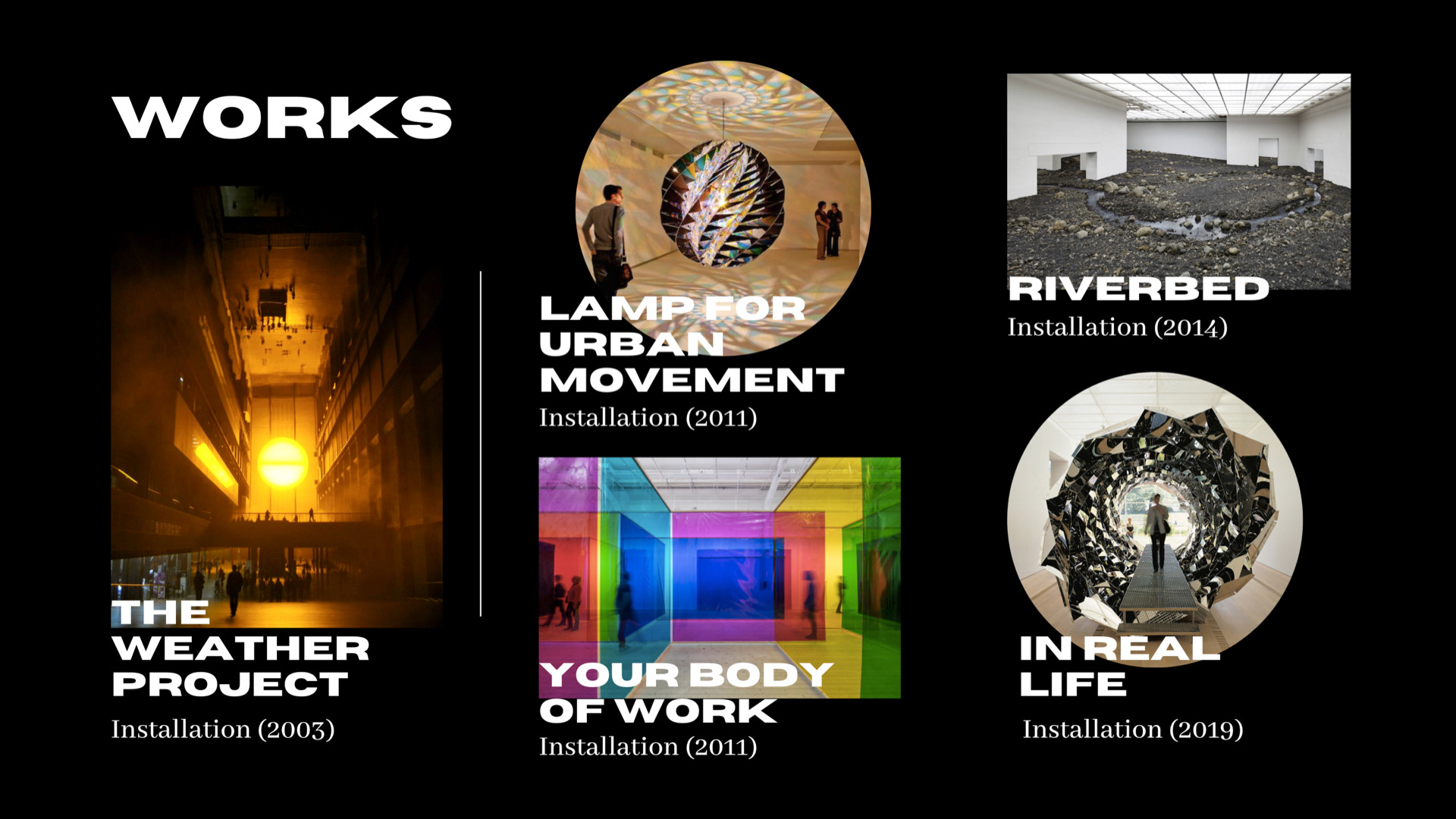Concept design for a temporary immersive exhibition at the Miller Institute for Contemporary Art.




Once the audience enters, they are greeted by the exhibition title and a brief introduction about the artist. A small one-way window to the climax art piece allows viewers to what is ahead.
The first work the audience will encounter is the Ice Cube Interaction mirroring Still River (2016). This is a tactile interaction that triggers haze to go into the "Weather Project" Room (the fourth artwork on display) when the viewer places their hand onto the ice cube sculpture that senses touch. The haze imagery is shown through a screen above the sculpture for the audience to get a sense of what their action is impacting, but they do not realize it causes real change in the environment yet.
The second work is Riverbed (2014), where the audience notices a real natural material inside an indoor space. They may engage with this "outdoor" element by stepping onto it, and hearing the crunching sound of the gravel and pebbles.
The third artwork is the Moss Wall (1994), where the audience can physically feel the moss on the wall and feel the change in humidity coming from the next immersive art piece through the way the moss reacts to it.
The fourth artwork is an immersive experience with spatial projection of The Weather Project (2003). The haze coming from the first art interaction fills the space and the audience is surrounded by the orange glow of the light installation that resembles a sunset.
The last art piece is The Presence of Absence (2017), where the audience is left with a bronze cast of what once was a block of glacial ice. What was seemingly beautiful about nature might've pointed to their destruction through human impact.
Finally, as the audience leaves the exhibition, they are faced with the question that is also the title of the exhibition: "How's the weather today?"
